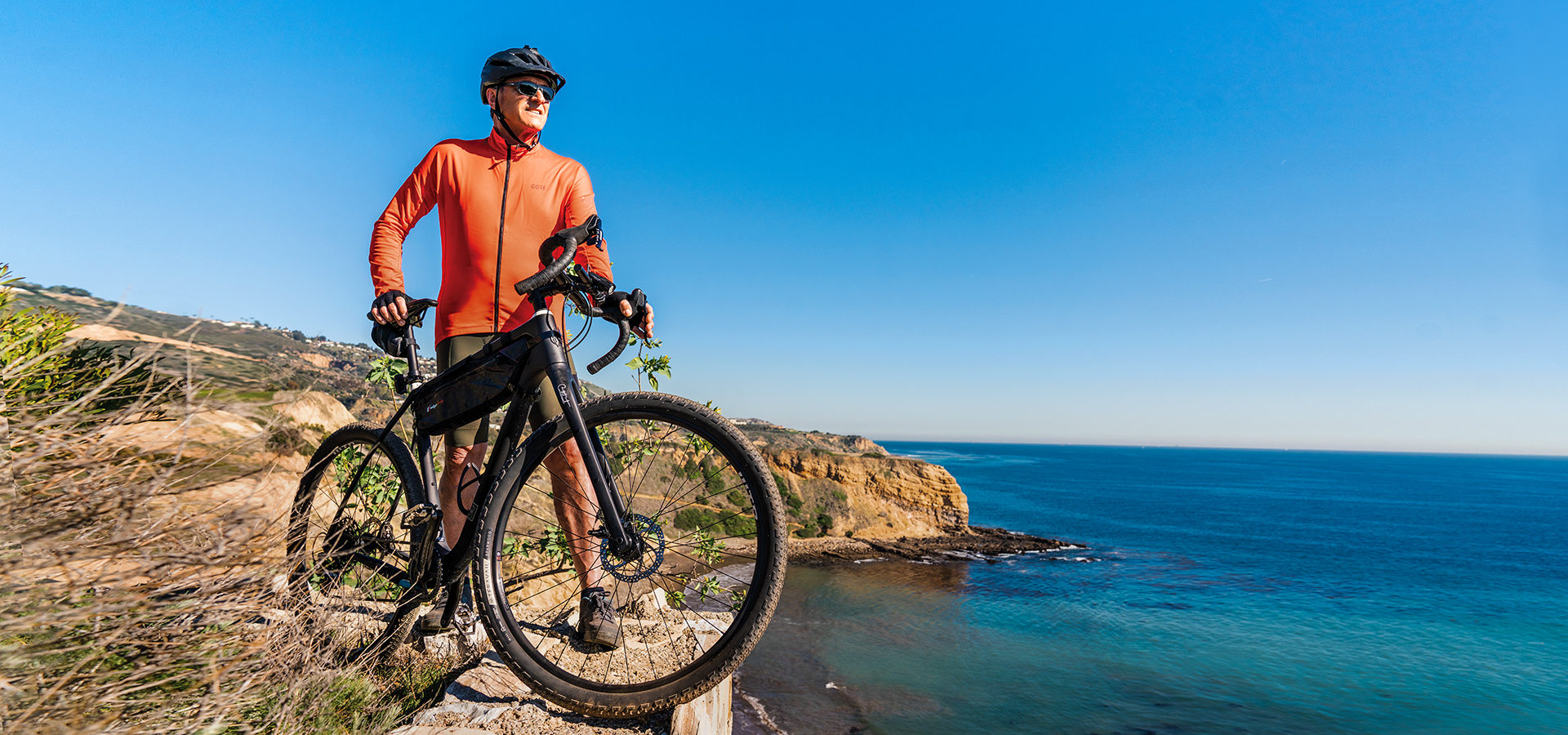Alex Quintana has enjoyed a lifelong soul connection to Spain—or the motherland, as the local Argentinian expat fondly refers to his ancestral country. During the pandemic, the former marathon runner took up cycling. Soon he became immersed in long-distance riding, and Spain once again beckoned to him and his desire to complete a Camino de Santiago historical pilgrimage.
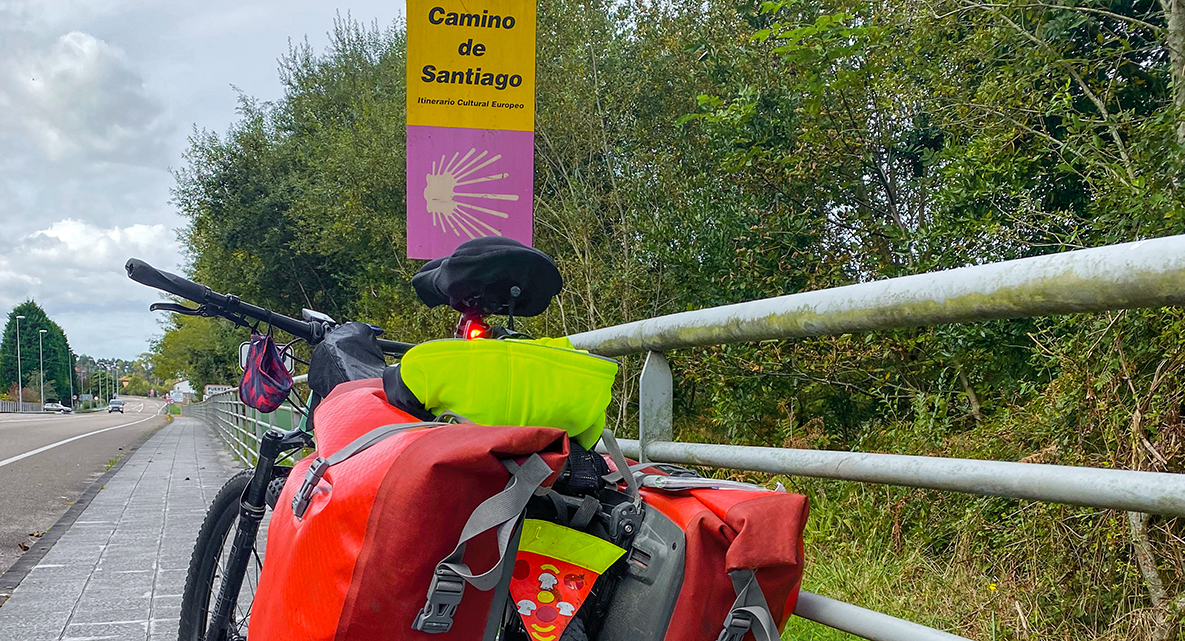
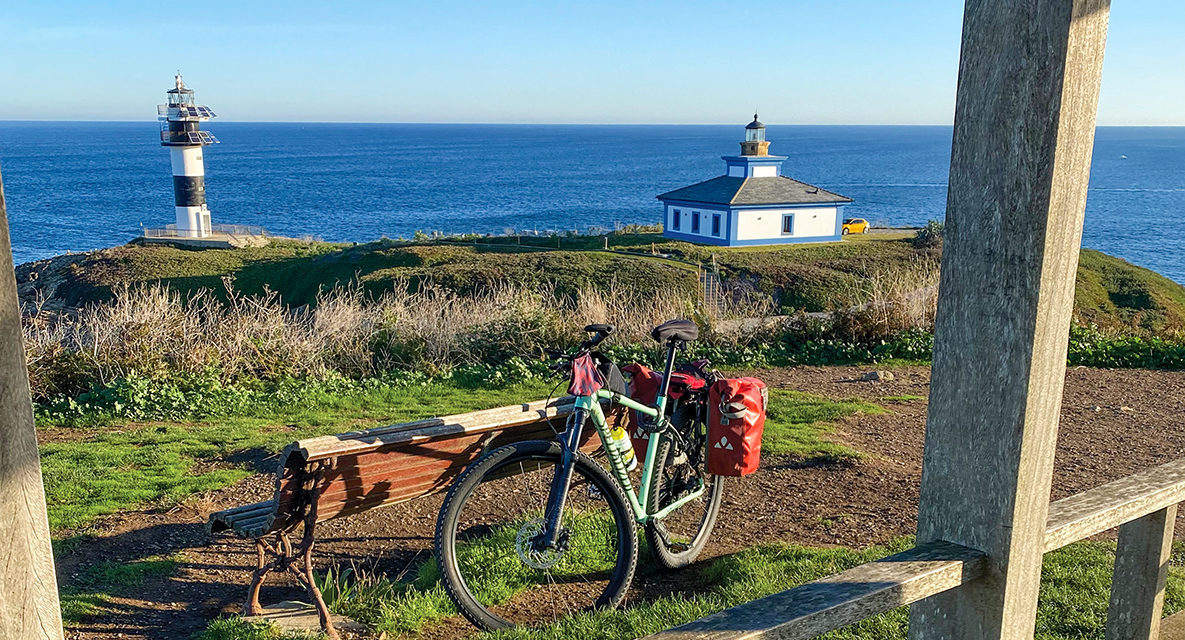
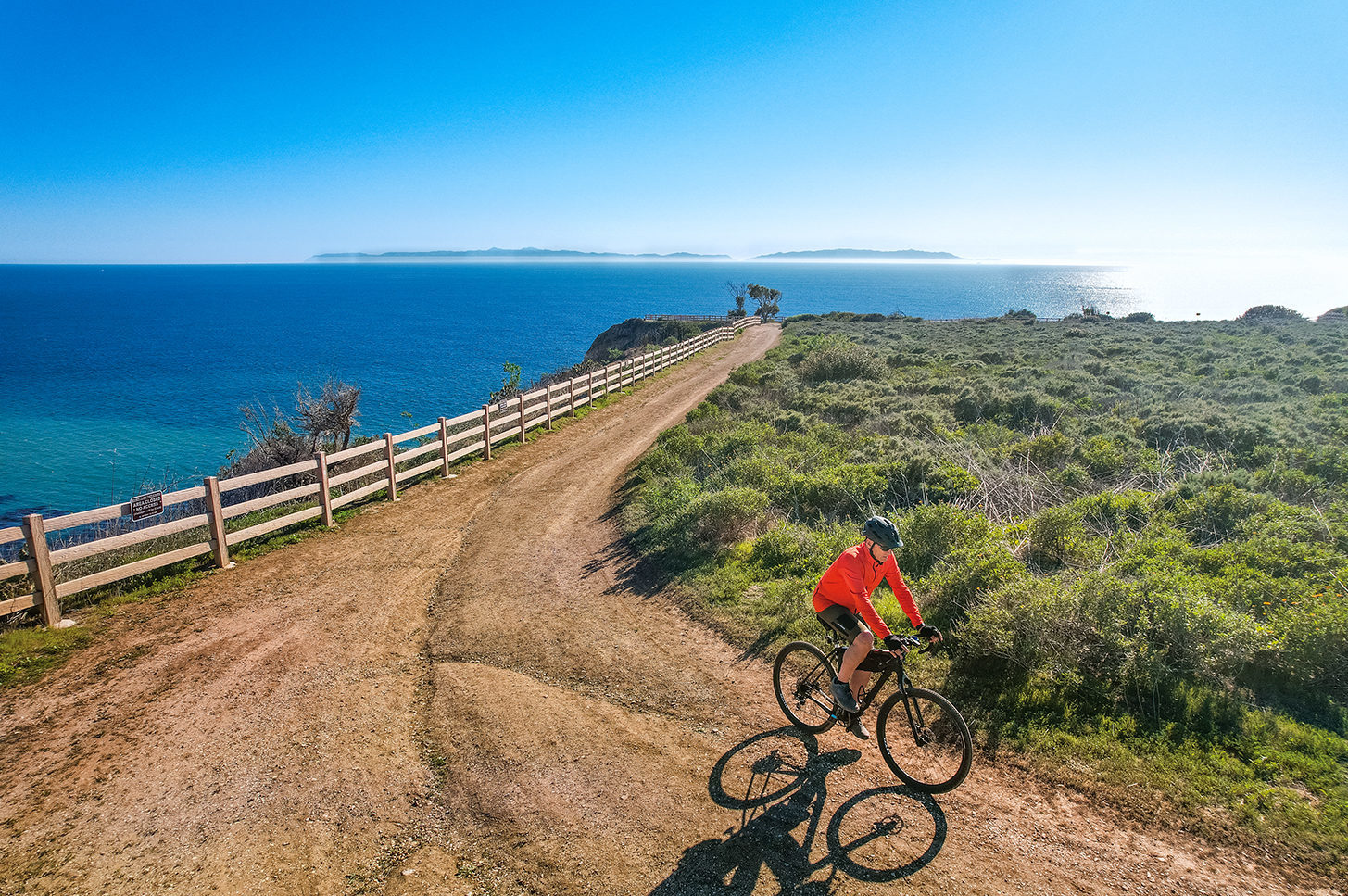
“The Camino de Santiago (the Way of St. James) is a network of pathways in Spain, Portugal and France that lead to the shrine of the apostle Saint James the Great in the cathedral of Santiago de Compostela in Galicia,” says Alex. “The pilgrimage began over 1,000 years ago and was originally how one of the largest movements of people traveled through Europe. I was always intrigued by the idea of traveling a path that millions have traveled throughout centuries. When I joined my closest friend, Eduardo, at the cathedral as he finished his 30+ day walk 10 years ago, I was inspired to do it myself.”
Alex began researching for his adventure in 2020. “I spent hours online reading and watching videos made by people from around the world who documented their experiences. I also visited websites and blogs and asked a lot of questions to learn as much as possible. That is how I discovered that cycling at least 200 km (124 miles) is recognized as a pilgrimage versus walking or horseback riding 100 km (62 miles),” he says.
With a watchful eye on global travel restrictions, he started to train for an October 2021 solo pilgrimage along Spain’s El Camino del Norte (the Northern Way). “I was riding two to three times per week the year before my trip. I had a good base, but I needed to add miles and time in the saddle,” he says. “Three months before I left, I did more climbs to prepare for the challenge of the Basque country’s continual long hills.”
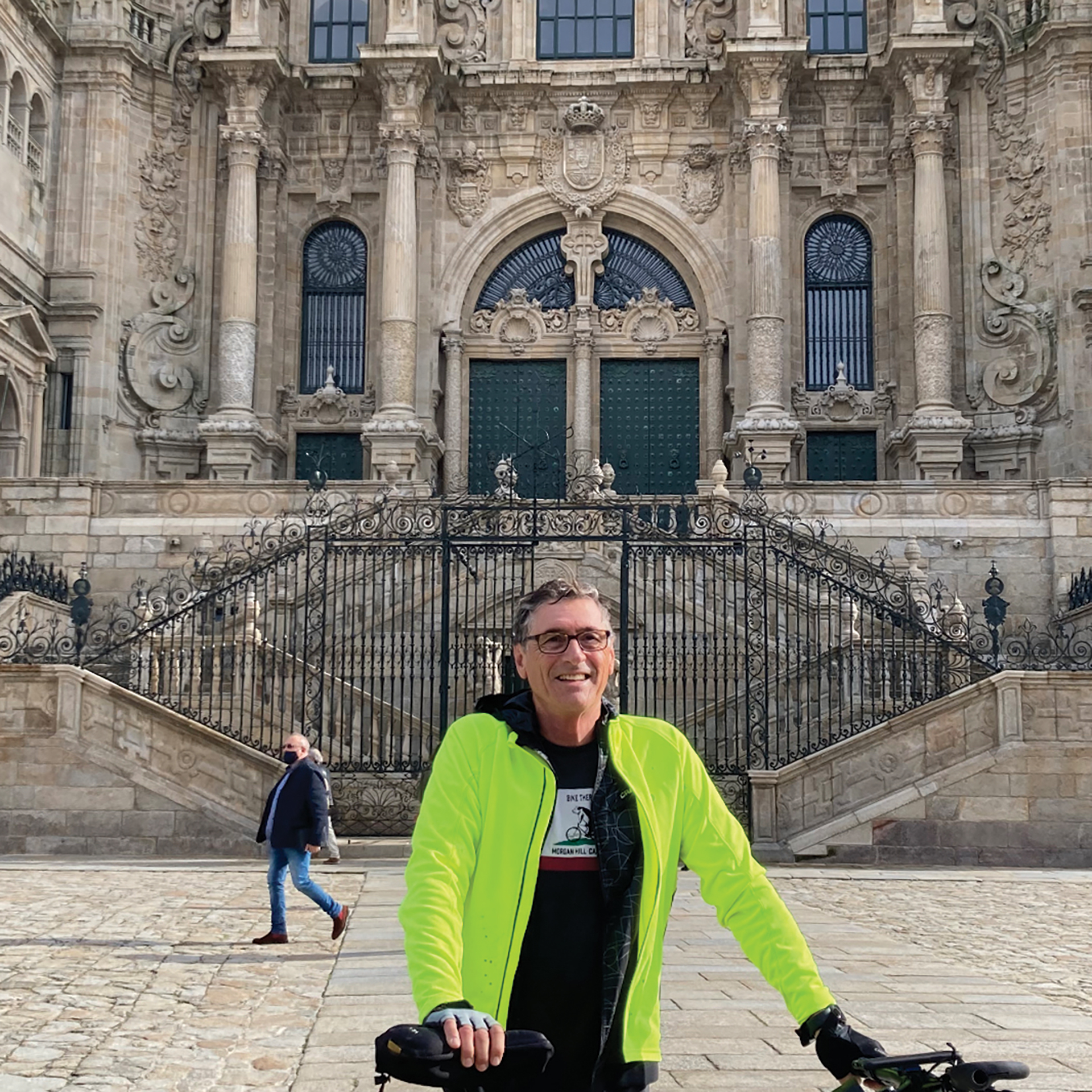
For distance training, he mostly rode the bike path along the ocean from Redondo Beach to Pacific Palisades, approximately 42 miles round trip. “I didn’t exceed 50 miles because I knew that my daily average in Spain was going to be 35 to 40 miles.”
His riding apparel was carefully planned for the autumn trip, including a helmet, waterproof shoes that could also be worn walking, temperature-regulating merino wool shirts and socks, padded mountain bike shorts, gloves, long rain pants and a windbreaker jacket. Before he departed, he reserved a hardtail mountain bike in Spain that was equipped with panniers (side bags), repair tools, a water bottle and a lock. He had many options to choose from, as he discovered several companies in Spain that rent bikes with additional services for pilgrims such as bike delivery and pickup with luggage transfers from the starting point to the final destination hotel.
“When I arrived at the hotel in the town of Irun in the Basque country where I started, the bike was waiting for me in a box and ready to go. My suitcase was picked up and taken to my hotel in Santiago de Compostela, so I only had to carry essentials for the duration of my ride. The bike weighed 31 pounds without gear. After I loaded it with my clothes, toiletries, water, food, phone and GPS, it was 52 pounds.”
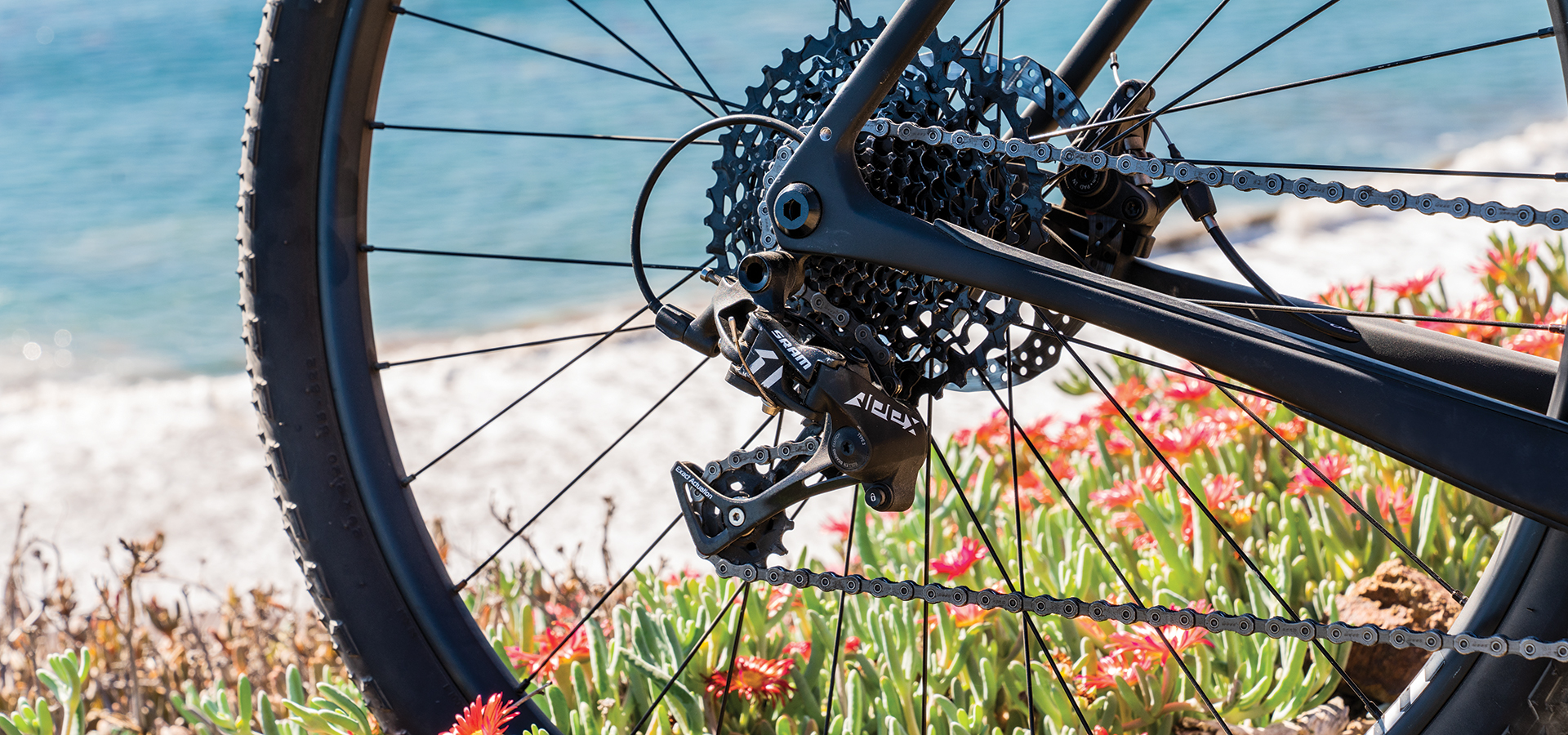
Alex averaged 40 miles per day at 9 to 10 mph during his 875 km (544-mile) trek, which he completed in 16 days with three resting days. Other than the first and last hotel, he did not make reservations for places to stay along the way so he could enjoy a more flexible schedule. Weather was favorable with mild temperatures (50s and 60s), and seasonal rain only fell at night when he was not riding.
However, the journey was not all smooth sailing. By the third day of riding the picturesque hills of the Basque country, the initial adrenaline rush waned and he began to experience muscle fatigue and exhaustion.
“The first few days were tough as I began to question if I could finish 13 more days with 30,000+ feet to climb. I started to feel the lack of adequate hill training, and I wasn’t accustomed to doing back-to-back rides or climbing 3,000- to 4,000-foot elevations with the added weight on the bike. However, by the fourth day I found my rhythm, and with eight hours of rest I was ready for another day.”
According to Alex, one of the most important aspects during long rides is timely refueling and hydrating. “I learned that the hard way a long time ago. When I go longer than 45 minutes biking, running or hiking and I forget to drink or eat, my energy level drops radically. If I refuel every 45 minutes, I avoid that. So I scheduled my meals and snacks accordingly.”
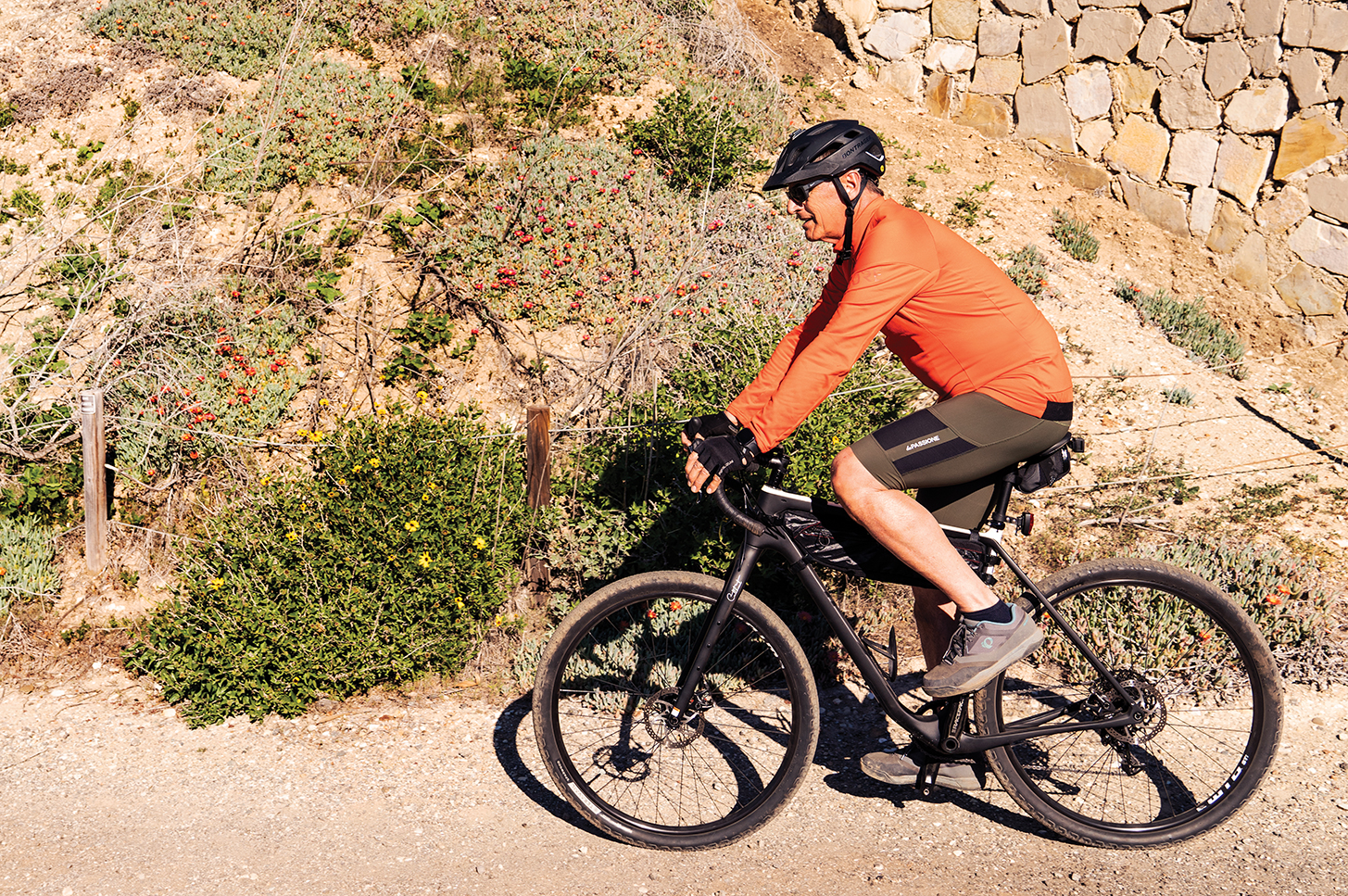
A good breakfast was always available at the hotels to start the day. Lunch, during typical Spanish lunchtime between 2 and 4 p.m., was at roadside cafes or restaurants in the many small towns he passed through. “Dinner was easy to plan,” he says. “I was already off the bike and relaxing, with time to go out walking to enjoy fresh local cuisine near the hotels.”
A GPS device, his phone and the iconic pilgrimage signs with yellow scallop shells that marked the route aided his navigation on the demanding terrain along the Cantabrian Sea and the Cantabrian Mountains. He got lost three times during the entire trip, which he attributed to fatigue.
Remaining grounded in his spiritual appreciation for being present, he turned those mistakes into “cycle tourism” experiences and enjoyed the sights. When he asked locals for directions, he was grateful to experience warm and pleasant conversations and an occasional history lesson. He also met many other pilgrims along the way who took time to share some stories about their experiences.
“The trip brought back the sensation of freedom and adventure that I felt riding my bike when I was growing up and connected with nature,” Alex shares. “There were numerous highlights, including the magnificent scenery and wonderful Spanish people. The most exhilarating moment was finishing in front of the cathedral in Santiago de Compostela. The sense of accomplishment and self-satisfaction was overwhelming. I was filled with gratitude for my body responding well to the challenge, for the bike not breaking (not even a flat tire!) and for my family waiting for me at the end. I would do it again in a heartbeat!”
Join the Valley Community






